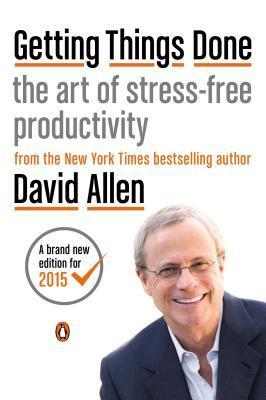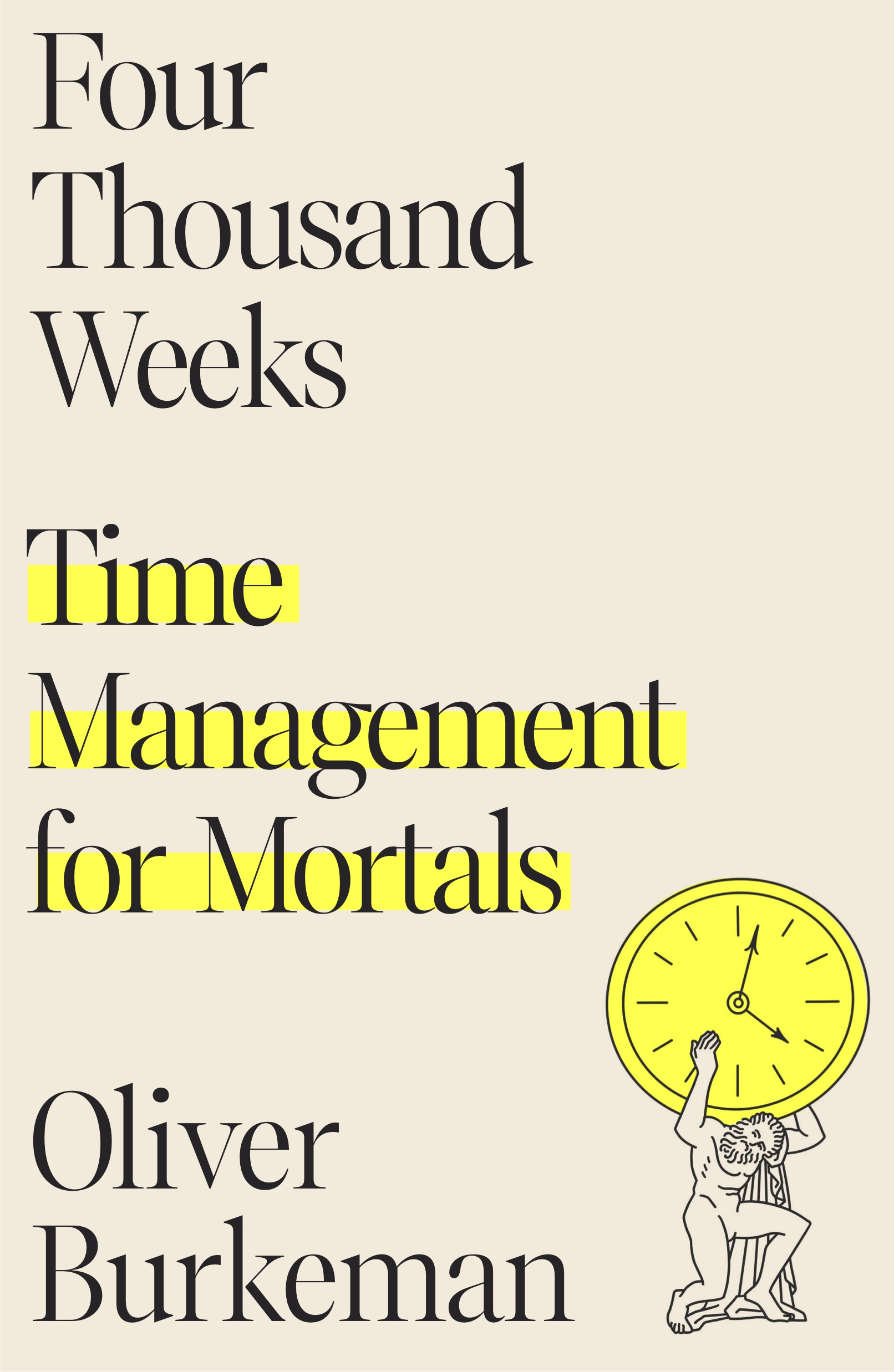
Title: Getting Things Done
Author: David Allen
Series: N/A
Genre: Productivity
Rating: 5/5 stars
The Overview: A completely revised and updated edition of the blockbuster bestseller from the personal productivity guru. (Fast Company) Since it was first published almost fifteen years ago, David Allen’s Getting Things Done has become one of the most influential business books of its era, and the ultimate book on personal organization. GTD is now shorthand for an entire way of approaching professional and personal tasks, and has spawned an entire culture of websites, organizational tools, seminars, and offshoots. Allen has rewritten the book from start to finish, tweaking his classic text with important perspectives on the new workplace, and adding material that will make the book fresh and relevant for years to come. This new edition of Getting Things Done will be welcomed not only by its hundreds of thousands of existing fans but also by a whole new generation eager to adopt its proven principles. -Goodreads
The Review:
I love this book. I’ve read it twice and will probably read it again in the future to bask in the, as he calls it, “methodology” of the GTD system. I took a ton of inspiration and new techniques from the book the first time around, and honed it even further upon this second read. This review will be mostly my takeaways from read two, as it’s the most recent.
My favorite tips:
Inbox Processing: When processing your inbox, deal with everything in a strict top to bottom (FIFO/LIFO) system. Make decisions on what needs to happen next before you move on to the next thing. Nothing goes back into the inbox to be dealt with later. I get trapped in the endless email-checking cycles every day where I open gmail periodically to glance through my inbox and focus on just the most interesting things. I don’t actually DEAL with any of it, which in my mind is a complete waste of time and energy. Addictive technologies suck. Allen’s inbox processing strategy can really help me out if I can retrain myself to handle only one thing at a time by deciding on next actions required for each item. Ideally I’d leave everything unopened until I’m ready to process it fully. I’ve also heard this called the “one-touch” method. I’d like to get to a point where I only open my email once or twice a day, and when I do it’s with the intention of handling the things rather than mindlessly scrolling the things. PROCESSING not LOOKING. Asking myself, “What’s the next action?”
Capturing System: Each time I read this book I come away with a new perspective and more knowledge, but one valuable insight gets slammed home each time:
“Your mind is for having ideas, not holding them.”
The GTD system helps you identify every single thing on your mind that keeps you from being fully present, and offers a way to offload them into a trusted system until you’re ready to tend to them. Since I started putting it into practice, I don’t spend as much time in my own head planning and stressing. If I do find myself there, I know that’s a sign I need to get back to my system.
The biggest takeaway from this second read is that I needed a better capturing system. One that I can trust. I’ve tried a few things over the years (everything from a bullet journal to emailing myself to-dos) and I think I finally found a tool that works for me (the app Todoist). Another thing I wasn’t doing well was taking time to REVIEW my captured items regularly. According to GTD, You need to review your captured items regularly enough to keep away the anxiety of forgetting things.
“The idea is to get comfortable enough with your system that you can completely rely on it not to let things slip through the cracks unintentionally. So that at any given moment you have the reassurance and confidence that whatever you’re choosing to do is what you ought to be doing.” (paraphrased)
What’s more, it makes you more at peace with what you’re NOT doing. I have so many things going on that I often feel swamped and overwhelmed. Being able to emphatically declare that I’m ignoring certain things for the day is liberating. Applying this correctly also means I’ll drop the ball less often.
The Two-Minute Rule: This is a concept from the book that often gets misconstrued. I’ve heard on countless organization lists that to stay on top of life, do anything immediately that can be done in two minutes or less. In the book, this strategy was specifically applied to when you’re processing your inbox and deciding on next actionable items for each item. Basically, if creating a task to-do (like “reply to this email”) takes longer to write down and file than it does to just do the task… just do the task. Allen even says that if you try the two-minute rule outside of the processing phase, you’ll spend your whole day tending to under two minute items, which can feel productive in the moment but may not be high-value enough to ultimately justify that much time. Before getting clarity on the intention behind this origin of the rule, I tried the commercialized version of tending to EVERYTHING and always found myself at the mercy of unimportant tasks all day long. I like it much better in this context. I do, however, subscribe to the advice of “put it away, not down” which is of the same spirit as the commercialized two-minute rule, but only applies to things you are already actively handling. That’s my addendum.
Applying GTD to my Reading Life: A fun new thing I’m doing is taking strategies and inspiration from these personal development books and applying them to reading. I realized a lot of my stress about reading had to do with feeling anxious about getting back to unfinished series. Combined with the ever-present stress that I’m not reading what I SHOULD be reading. Enter the GTD method: I began by combing through my resources and CAPTURING all of the series (one per piece of paper) I intend to continue into a little notebook. I identified 71 of them. 71!! No wonder I was stressed! Having to keep track of that many pending “projects” is one of the main reasons my mind was always jumping around and trying to priorities and get organized. I took those listed pages and PROCESSED each one into piles of priority. The NEXT ACTION REQUIRED was either “read” or “abandon.” After applying this process, that 71 list of open series turned into 15 high-priority series and 56 lesser-priorities. Much more manageable!! I don’t have 71 to focus on right now, just 15 (which is still high, but we’re working with baby steps here). I can also now rely on my stack of “captured” to-dos to keep track of what’s outstanding so I no longer have to carry it around in my head and stress about it. I now have the confidence that what I’m currently choosing to read is indeed the best use of my limited time. Love it!
Recommendations: Read this book. If you’re like me, the nitty-gritty details of the system is like organization porn and you’ll love every minute. It may even change your life.
Other books you might like:





by Niki Hawkes